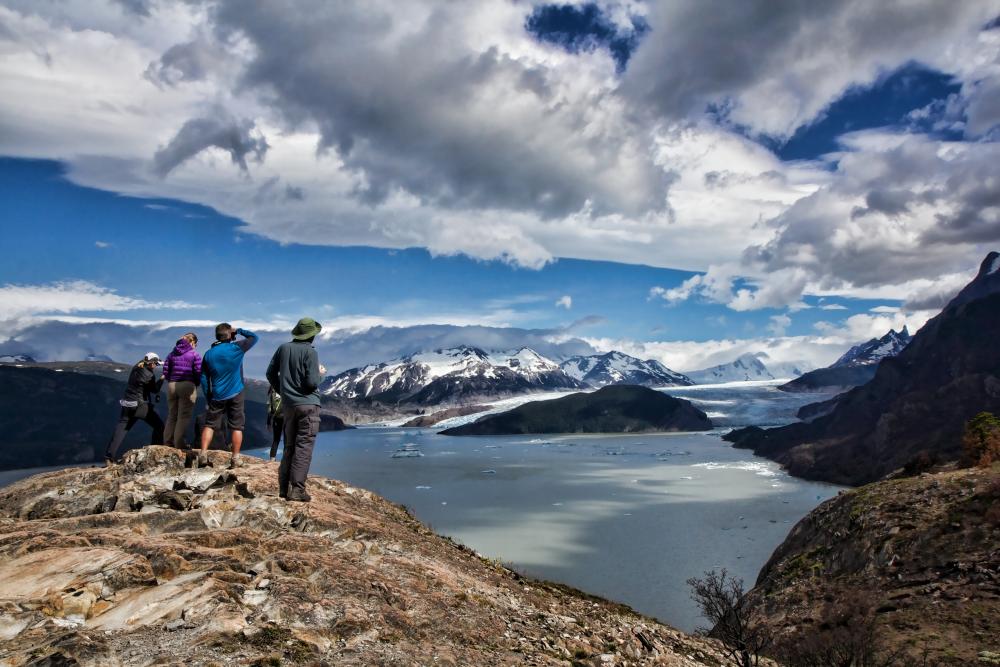Patagonia is a region of breathtaking landscapes, rugged mountains, and vast glaciers that attract adventurers from around the world. Yet, one of the most challenging aspects of planning a trip to this southern frontier is understanding the weather in Patagonia. Unlike many destinations, Patagonia’s climate is famously unpredictable, and being prepared can make the difference between an unforgettable adventure and a frustrating experience. In this guide, we explore five essential things you must expect when it comes to weather in Patagonia, helping you plan your journey with confidence.
1. Rapidly Changing Conditions
One of the most striking characteristics of the weather in Patagonia is its rapid and unpredictable changes. It is common to experience sunshine, rain, wind, and even snow all in a single day. These shifts occur due to the region’s location between the Andes mountains and the South Atlantic, which creates volatile weather patterns. Travelers must be prepared for sudden changes and pack layers that can be added or removed quickly. Waterproof jackets, windbreakers, and thermal layers are essential for anyone exploring this vast wilderness.
2. Strong Winds Are Constant
The winds in Patagonia are legendary, and visitors should expect them throughout the year. Especially in the southern regions and near open plains, gusts can reach speeds exceeding 100 km/h, making outdoor activities more challenging. Hikers, campers, and glampers at EcoCamp Patagonia need to consider windproof gear, secure tents, and sturdy trekking poles. Even on relatively calm days, it is wise to anticipate breezy conditions and plan your routes and accommodations accordingly.
3. Seasonal Variations
Weather in Patagonia varies significantly between seasons, and understanding these changes is crucial for planning your trip. Summers, from December to February, bring milder temperatures, generally ranging from 10°C to 20°C, ideal for hiking and outdoor exploration. Winters, from June to August, are colder, with temperatures often dropping below freezing, especially in mountainous areas. Snowfall is common during winter, making some trails inaccessible. Travelers looking for fewer crowds and striking snowy landscapes may prefer visiting in the winter, while those seeking milder conditions may choose the summer months.
4. High UV Radiation
Despite cooler temperatures, the weather in Patagonia includes strong UV radiation, particularly in the summer months. The combination of clear skies, high altitude in some areas, and reflection off snow and glaciers increases sun exposure. Visitors must be prepared with sunscreen, hats, sunglasses, and protective clothing. Awareness of the UV index is important, as sunburns can occur quickly even when temperatures feel comfortable. Understanding the weather in Patagonia and protecting your skin ensures a safer and more enjoyable outdoor experience.
5. Precipitation Patterns
Rainfall in Patagonia is uneven but frequent, depending on the location. The western side, near the Andes, receives significantly more precipitation, while the eastern plains are drier. Visitors should expect sudden showers, especially in the fall and spring, as part of the unpredictable weather in Patagonia. Waterproof clothing and quick-drying gear are essential for keeping dry during excursions. EcoCamp Patagonia offers accommodations designed to withstand these weather conditions, providing a comfortable base for travelers no matter the precipitation levels. Understanding the weather in Patagonia patterns allows visitors to plan hikes, sightseeing, and photography sessions more effectively.

Planning Ahead for Patagonia’s Weather
To make the most of your Patagonia adventure, preparation is key. Always check local forecasts to understand the weather in Patagonia before setting out, carry versatile clothing, and be ready for sudden changes. Layering is essential, and it is better to have extra clothing than to underestimate the elements. Hydration and nutrition also play a crucial role, especially when engaging in demanding outdoor activities under unpredictable weather in Patagonia. EcoCamp Patagonia provides guidance and resources for travelers to navigate these challenges safely.
Safety Tips for Extreme Conditions
Extreme weather in Patagonia requires thoughtful safety measures. Windy conditions can make trekking dangerous, and sudden rain can create slippery trails. Travelers should always inform local guides of their plans, stick to marked paths, and avoid taking unnecessary risks. Carrying navigation tools, first aid supplies, and communication devices ensures readiness for emergencies. With proper preparation, the unpredictable weather becomes part of the adventure rather than an obstacle.
How to Dress for Patagonia’s Climate
Dressing for Patagonia requires a focus on layers and protection. Base layers should wick moisture, mid-layers provide warmth, and outer layers shield against wind and rain. Waterproof hiking boots, gloves, and a hat are essential accessories. Avoid cotton clothing, as it retains moisture and can lower body temperature. By following these dressing guidelines, travelers can stay comfortable throughout their excursions, regardless of sudden weather shifts.
Conclusion
The weather in Patagonia is as dramatic and awe-inspiring as its landscapes. From rapid shifts in conditions to strong winds, seasonal variations, high UV exposure, and varied precipitation, every visitor must be well-prepared. By understanding and respecting these five essential aspects of Patagonia’s climate, travelers can enjoy a safe, rewarding, and unforgettable adventure. Whether you are hiking, glamping, or exploring glaciers, planning around the weather ensures you fully experience the beauty and majesty of this remarkable region.
Click here to return to the homepage and unlock more content.
Frequently Asked Questions
1. What is the best time of year to visit Patagonia for mild weather?
The best time is during the summer months, from December to February, when temperatures are warmer, and the weather is generally more stable.
2. How can I prepare for the strong winds in Patagonia?
Invest in windproof jackets, secure tents or accommodations, use trekking poles for stability, and always check weather forecasts before outdoor activities.
3. Does it rain often in Patagonia?
Yes, especially in the western regions near the Andes. Rainfall can be sudden and frequent, so waterproof gear is highly recommended.
